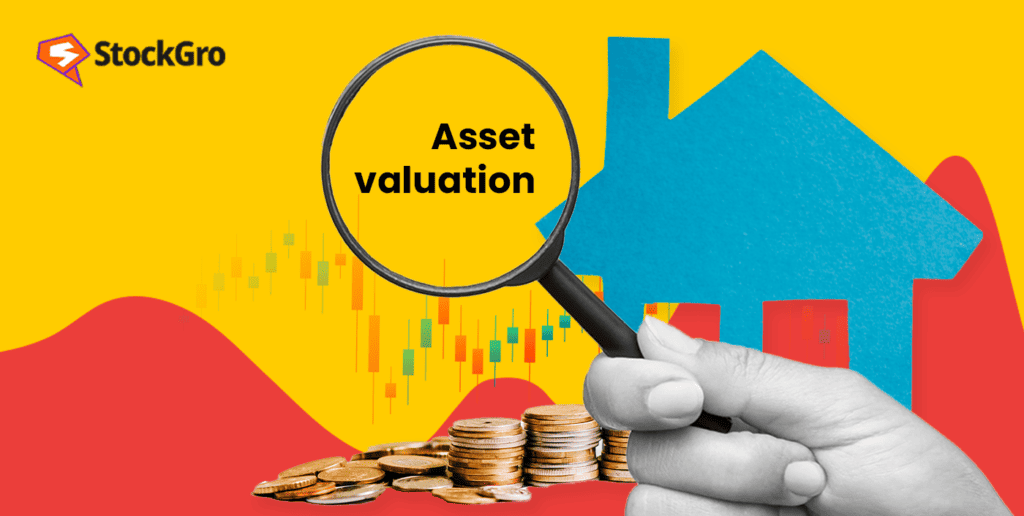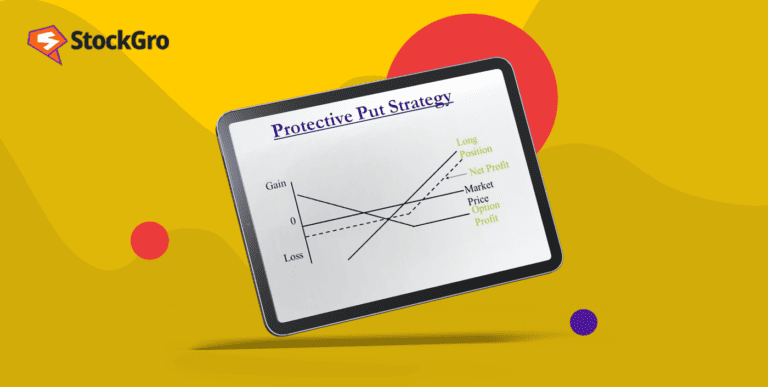
Asset valuation is a critical aspect of analysis, enabling businesses, investors, and auditors to determine the true worth of assets. In today’s complex economic landscape, understanding the methods and principles behind asset valuation is paramount.
Whether you are a professional or just beginning your journey into asset assessment, this guide will provide valuable insights into this fundamental financial practice.
Also read: Company valuation
Meaning of asset valuation
Asset valuation refers to the process of determining the monetary value of a company’s assets, which can include both tangible items like property, machinery, and inventory, as well as intangible assets such as patents, copyrights, and brand reputation.
It is important in financial reporting, investment decisions, mergers and acquisitions, and auditing. Various methods, such as market value, cost-based, or income-based approaches, are used to assess the value of these assets.
Asset valuation aids stakeholders in grasping the genuine value of a company, evaluating its financial condition, and arriving at informed choices regarding its activities, investments, and financial tactics.
Asset valuation methods
Market value: This method assesses the value of assets based on current market prices. For publicly traded securities, it’s relatively straightforward. However, valuing less liquid assets, like real estate or private company shares, can be more challenging.
Cost-based: This approach considers the original cost of acquiring an asset and adjusts it for factors like depreciation. It’s commonly used for tangible assets like machinery and buildings.
Income-based: This method estimates an asset’s value depending on the generation of income. The discounted cash flow (DCF) method is a popular income-based approach.
Comparative analysis: This method involves comparing similar assets or transactions in the market to determine an asset’s value. In real estate, for instance, the sales comparison approach involves examining recent sales of comparable properties to approximate the value of the subject property.
Replacement cost: It calculates the cost to replace an asset with a similar one in today’s market. This method is valuable for insurance purposes.
Net asset value (NAV): Commonly used in investment funds, it calculates the value of assets minus liabilities, divided by the number of outstanding shares, which makes the understanding of the fund’s value easier.
Also read: A simple guide to understanding NAV in mutual funds
Income capitalisation: Primarily used in real estate, this method assesses the potential income an asset can generate and capitalises it into a present value.
Options pricing models: For certain complex financial instruments, like stock options, specialised models like the Black-Scholes model are used to determine their value.
Factors influencing asset valuation
- Asset type: The nature of the asset itself plays a vital role. Tangible assets like real estate or machinery may require different valuation methods compared to intangible assets like patents or trademarks.
- Market conditions: Economic conditions, supply and demand dynamics, and market sentiment can influence asset prices.
- Asset’s useful life: For tangible assets, the remaining useful life is a critical factor. As an asset ages, its value may decrease because of its usage over time.
- Income potential: Assets generating income, such as rental properties or businesses, are often valued based on their income stream. Factors like rental rates, revenue growth, and expenses play a role.
- Interest rates: Interest rates can impact asset values, particularly for income-producing assets. Lower interest rates may lead to higher valuations, as future income is discounted less.
- Financial performance: For businesses, factors like revenue growth, profitability, and debt levels can significantly influence their overall valuation.
- Geographic location: Location can be a crucial determinant, especially for real estate, certain properties due to accessibility and demand offers value.
- Currency exchange rates: For international assets, fluctuations in exchange rates can impact valuations when assets are valued in different currencies.
Asset valuation example
Understanding with a hypothetical example of Company XYZ Ltd.,
- Total assets (Book value): ₹50,000
- Total assets (Fair market value): ₹76,000
- Fair market value of intangible assets: ₹10,000
- Total assets after revaluation: ₹86,000
While calculating net asset value, assets are valued at the current market value and the liabilities are assessed at the book value during which the liabilities incurred for the company-
Now, let’s assess liabilities:
- Total liabilities: ₹33,000
- Additional value for contingent liabilities: ₹7,000
- Total liabilities after revaluation: ₹40,000
Finally, the owner’s equity by deducting liabilities from assets:
Owner’s equity: ₹ 86,000 – ₹ 40,000 = ₹ 46,000
Understanding with a real-world example the net asset value for Tata Motors Ltd. as of March 31, 2023, involves a simple equation:
Total net asset value = Total assets value – total intangible assets – total liabilities
I.e. (in crores) ₹ 3,36,081 – ₹ 56,690 – ₹ 2,38,481
Total net asset value: ₹ 40,910
Source: Tata Motors
This calculation results in a total net asset value of ₹ 40,910 crores, illustrating the company’s overall financial worth after accounting for intangible assets and liabilities.
Valuation of assets and liabilities
Valuation of assets and liabilities is a critical financial practice determining the worth of a company’s resources and obligations. It involves assessing the fair market values of assets, such as real estate, investments, or inventory, and comparing them to recorded values on the balance sheet.
A company’s financial statements should accurately represent its current financial position. For liabilities, valuation ensures that obligations like loans or bonds are accurately recorded to assess their impact on the company’s financial health.
Also read: The market value effect – how can it make or break your investments?
What is the valuation balance sheet?
A valuation balance sheet, often referred to as a fair value balance sheet, is a financial statement that presents a company’s assets, liabilities, and equity at their current market or values rather than historical cost.
This means that instead of recording assets at their original purchase price minus depreciation, the balance sheet reflects the assets’ current market prices. Valuation balance sheets are particularly relevant for companies holding assets with fluctuating market values, such as investments in stocks or real estate.
Bottomline
In conclusion, asset valuation is a fundamental practice in finance, crucial for understanding the true worth of a company’s resources and obligations. Various methods and factors influence this process, requiring careful consideration and expertise.
A well-executed asset valuation ensures accuracy in reports along with decision-making. Whether in auditing, investment analysis, or financial planning, the significance of asset valuation cannot be understated.

